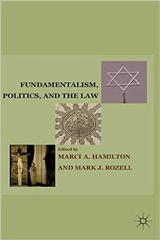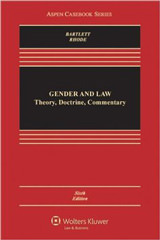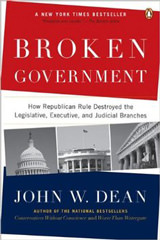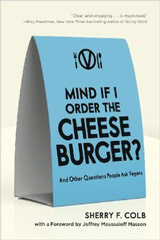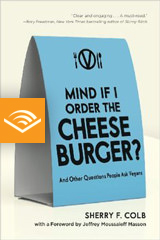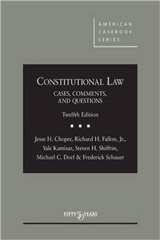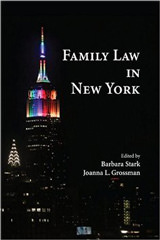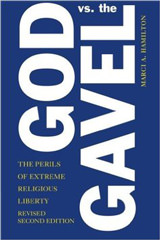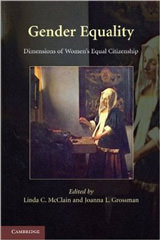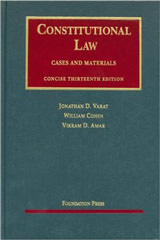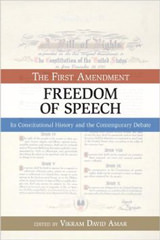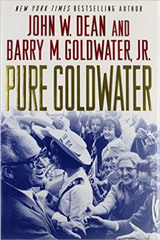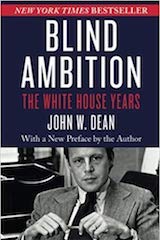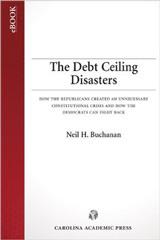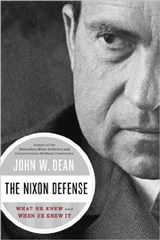Samuel Estreicher, G. Roger King, and David S. Sherwyn examine the likely Supreme Court reversal of Humphrey’s Executor, which protects independent agencies from presidential removal, and they propose restructuring the National Labor Relations Board (NLRB) as a purely adjudicatory “Labor Court” to survive this constitutional challenge. The authors suggest converting the NLRB into a six-member tribunal (two Democrats, two Republicans, and two Independents) with only judicial functions, while transferring all executive and enforcement powers to the General Counsel who would remain removable at-will by the President, thereby preserving the agency's core functions while satisfying constitutional concerns about presidential control.
NYU Law professor Samuel Estreicher examines how recent Supreme Court decisions expanding presidential removal power threaten the constitutional structure of the National Labor Relations Board, tracing the evolution from Humphrey’s Executor (which upheld independent agencies) through Morrison v. Olson, Free Enterprise Fund, and Seila Law. Professor Estreicher argues that while the NLRB’s current structure faces serious constitutional challenges under the Court’s “unitary executive” jurisprudence, the agency might survive either through judicial recognition that it does not exercise “substantial executive power” or through congressional restructuring to separate its adjudicatory functions from its enforcement powers.
Arbitrator and mediator Barry Winograd examines the Trump administration’s sweeping efforts during its second term to dismantle labor law protections and eliminate collective bargaining agreements for over a million federal employees, actions that have triggered multiple lawsuits by federal employee unions asserting constitutional and statutory violations. Mr. Winograd argues that these actions are not only legally flawed but also represent a retaliatory campaign against unions for exercising First Amendment rights, emphasizing the importance of judicial scrutiny and the potential critical role of the Supreme Court in upholding constitutional protections for public sector unions.
NYU Law professor Samuel Estreicher discusses pragmatic, bipartisan labor law reforms designed to enhance the stability, fairness, and durability of union representation processes, the authority of the NLRB, and employer-employee relations in both union and non-union settings. Professor Estreicher argues that rather than sweeping partisan overhauls like the PRO Act, sensible reforms such as strengthening secret-ballot elections, improving NLRB remedies, allowing varied union structures, and fostering constructive dialogue in non-union workplaces can result in more lasting and effective labor policy.
NYU Law professor Samuel Estreicher and Peter Rawlings, J.D., discuss the Second Circuit’s recent decision in Leslie v. Starbucks Corp., in which the court vacated a district court’s approval of broad subpoenas served by Starbucks on its employees in a proceeding for temporary injunctive relief under Section 10(j) of the National Labor Relations Act. Professor Estreicher and Mr. Rawlings argue that the Second Circuit’s emphasis on the need for discovery requests to be proportional to the limited inquiry in 10(j) proceedings, as well as its recognition of employees’ confidentiality interests in union organizing activities, may influence how courts evaluate such employer requests in future 10(j) litigation, particularly if the Supreme Court adopts a more stringent standard for granting 10(j) relief in the pending Starbucks v. McKinney case.
NYU law professor Samuel Estreicher and adjunct professor Zachary Fasman comment on two bills passed by the New York City Council that would mandate detailed and extensive labor protections for fast-food workers in New York City. Professors Estreicher and Fasman praise the intent behind the laws but explain why the City Council is not the place where binding agreements governing private workplaces in the City should be enacted.
NYU law professor Samuel Estreicher and 2L Elisabeth H. Campbell describe the wide array of laws that will need to come into play to keep workers safe and avoid employer liability as workplaces consider reopening amid the COVID-19 pandemic, cautioning that compliance will not necessarily relieve employers of the risk of litigation and liability. Estreicher and Campbell discuss applicable recommendations, guidelines, and requirements set forth by such agencies as the U.S. Department of Labor, which is responsible for administering the federal Occupational Safety and Health Act (OSHA), the Centers for Disease Control and Prevention (CDC), and the Equal Opportunity Employment Commission (EEOC).
NYU Law professor Samuel Estreicher and 3L Christopher S. Owens criticize a recent decision by the National Labor Relations Board (NLRB), in which it reversed course and rejected employee access to company email to discuss union issues. Estreicher and Owens explain that the NLRB commonly reverses its position on key policy issues such as this one when the political party in the White House changes, and they call for reforms that would make the administration of labor law more consistent and reliable.
University of Washington law professor Anita Ramasastry comments on recent legislation in France recognizing a “right to disconnect” to help workers establish work–life balance. Ramasastry argues that while laudable in its attempt to address changing social behaviors, legislation might not be the best way to address this growing problem, and it almost certainly would not work in the United States.











